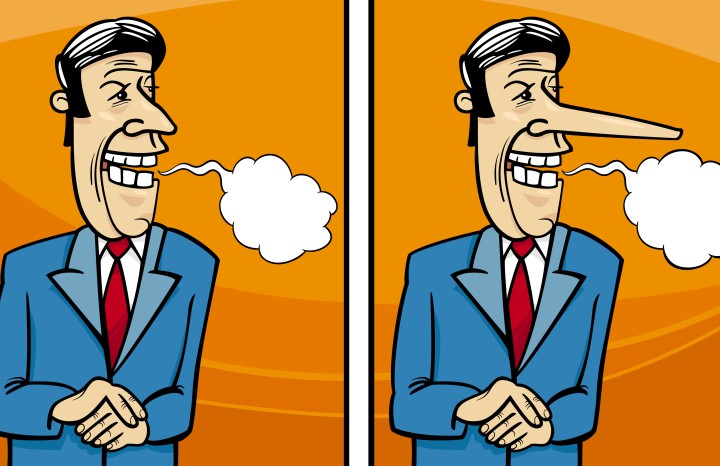What Can You Learn About Persuasion from Post-Truth Politicians?
One of the principal pillars of Practical Eloquence is that even though emotional appeals can be hugely powerful, content is still king. In other words, the only way to get your ideas accepted consistently is to be honest and not let your claims get ahead of your facts.
But along comes Donald Trump and seemingly blows that idea right out of the water. As a student of persuasive communication, I’ve been both fascinated and repelled by the 2016 political season, which has led the Oxford Dictionaries to tag “post-truth” as their word of the year. Wikipedia defines post-truth is defined as “a political culture in which debate is framed largely by appeals to emotion disconnected from the details of policy, and by the repeated assertion of talking points to which factual rebuttals are ignored.” That’s a nice precise definition, but to be perfectly clear, post-truth, in my book, equates to emotion, exaggeration and even bald-faced lies.
It worked spectacularly for Trump, so will it work for you in business communication—whether in sales or in trying to get your ideas accepted within your organization? What can you learn about persuasion from him and the other post-truth politicians and pundits?
There are two lessons that you should absorb from the success of post-truth politicians. First, it worked because Trump has shown himself to be a master at sensing what is on the minds of his audiences, and tuning his message into perfect resonance with their emotional state. One gets the sense that he is a virtuoso in at least two legs of what Daniel Goleman calls the empathy triad: cognitive empathy and emotional empathy. The third leg is empathic concern, and your guess is as good as mine on that one.
The second lesson that you might be able to apply—if you’re careful with it—what Trump himself calls “truthful hyperbole”. With truthful hyperbole, everything is wonderful or huge or terrific or world-class, and every statement contains multiple!!!!! It works, because even if you don’t objectively believe the description, it’s hard to avoid being swept up into the enthusiasm and confidence of the technique. But you have to be careful to know where to draw the line; what happens when truthful hyperbole becomes mere hyperbole is a topic I will cover in my next post.
Those benefits aside, here are four reasons you would not want to adopt a post-truth approach to your persuasion efforts.
You’re not Trump. You don’t bring celebrity, money or a large staff of people who can clean up after you if you make a mistake. Plus, it’s part of what people expect from him—it’s a central feature of his ethos. I strongly doubt that you can dominate a room with that level of charisma, and if you try to “fake it ‘til you make it”, see how far that will get you. Never forget that your listeners often have the power to tell you, “you’re fired!”
It’s too early to tell. Post-truth persuasion worked got elected, but will it work in getting things done in the actual job, where details matter and above all measurable results count? He has definitely sold the sizzle, but it remains to be seen whether the actual steak will be any good. Emotions tend to wear off, but truth endures, and facts are stubborn things. That’s one reason that organizations have created decision processes to avoid impulsive decisions.
The decisions that you’re trying to influence are different. Millions of people—probably the vast majority of voters—filtered their information and made their decisions through the lens of their personal ideology or identity. Business decisions are different for the most part. Most people don’t get so personally involved when making a choice between the Acme and the Amalgamated widgets.
The deciders are different. Especially when pitching ideas to senior executives, the people you are trying to influence are generally more sophisticated in their approach to decision-making, at least in the subject matter of what you’re selling. They’ve trained themselves to be more analytic and empirical, and those decision processes mentioned above are also designed specifically to guard against individual bias.
To sum up, there may be a post-truth era in politics, but I strongly doubt that it’s coming to business or interpersonal communication anytime soon. As the announcer reminds you: “Don’t try this at home!”




